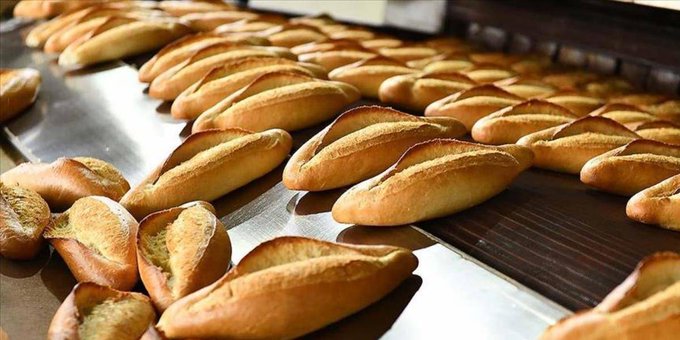If you ever visited Turkey, you know that bread is a key component of in Turkish cuisine. Bread has always held a central place in Anatolian and Ottoman societies; cutting across all social layers, from the humble peasant to the imperial sultan. Beyond sustenance, it symbolizes loyalty, gratitude, sacred bond, and self‑reliance. The Turkish language reflects this depth with idioms like:
- “Tuz ekmek hakkı” (the right to bread and salt)
- “Ekmek parası” (bread money / livelihood)
- “Ekmek teknesi” (breadboat / means of living)
- “Ekmek kapısı” (bread-gate / source of income)
- “Ekmek aslanın ağzında” (bread is in the lion’s mouth / it’s hard earned)
These expressions highlight how bread transcends nourishment; carrying emotional, cultural, even spiritual value.
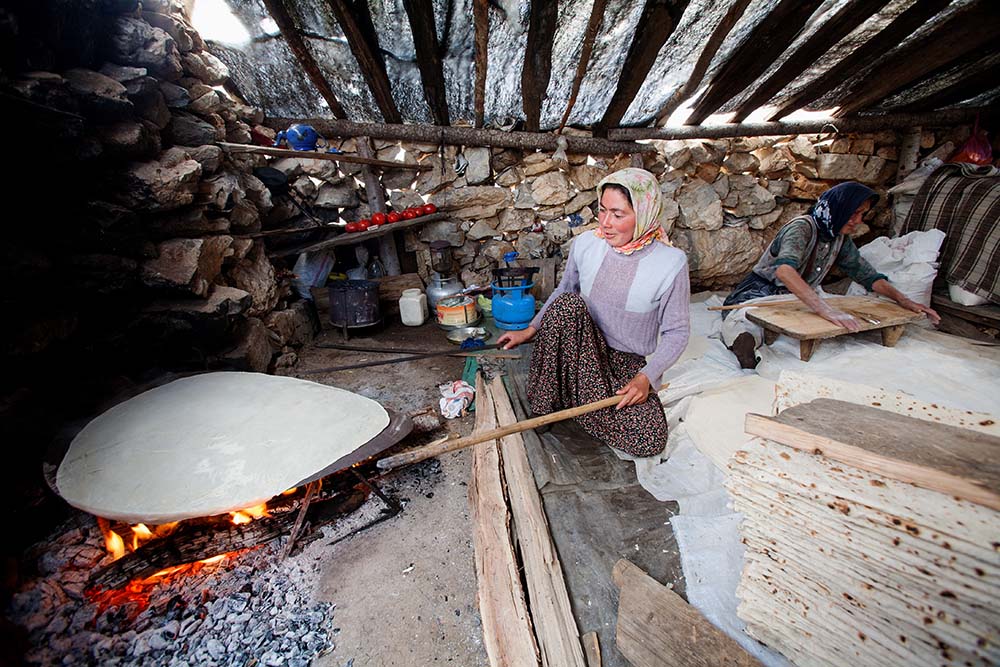
A Flour Empire: Istanbul’s Unkapanı
In historic Istanbul, flour was so essential that a whole district, Unkapanı (literally “flour‑gate”), was named after it. Flour quality directly influenced bread quality. Bakers used:
- Dakik‑i hass = premium fine flour
- Dakik‑i hass orta = medium-grade fine flour
They produced breads such as:
- Nan‑ı hassü’l hass – the finest white bread, made from premium flour
- Nan‑ı hass orta – from medium-grade flour
- Nan‑ı adi / aziz, Fodula (flat), francala (French‑style), whole‑wheat loaves, and yufka wafer
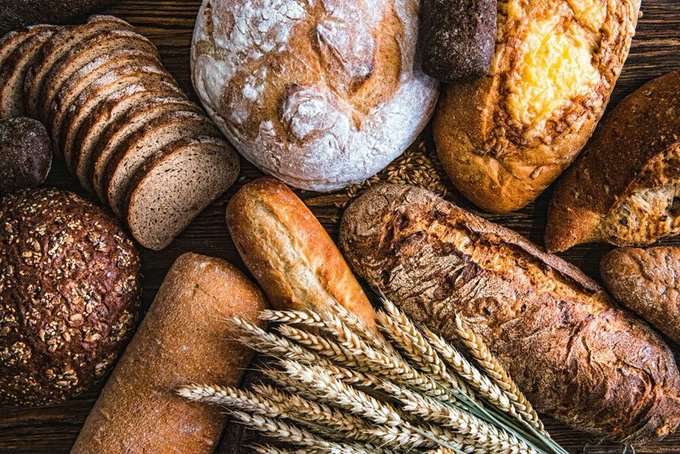
Ottoman Palace Bread: A Feast Fit for Sultans
At the heart of Ottoman power, Topkapı Palace and other court kitchens had a strict hierarchy of breads. Records show:
- Bakers produced separate loaves like has bread (top tier) for the sultan, and harci breads for staff and servants.
- The imperial registries (matbah-ı amire defterleri) meticulously logged types and quantities. For instance, after 1695, Prince Ahmed received daily allotments including nan-ı hass and fodula.
- Historical feast records show staggering abundance. For a grand dinner for Napoleon III at the Beylerbeyi Palace, the menu listed:
- 37 units of nan‑ı hassü’l hass
- 57 units of nan‑ı hass
- 90 units of nan‑ı hass‑ı orta
- 700 units of nan‑ı aziz
This illustrates how bread wasn’t just common fare; it was a statement of prestige and hospitality.
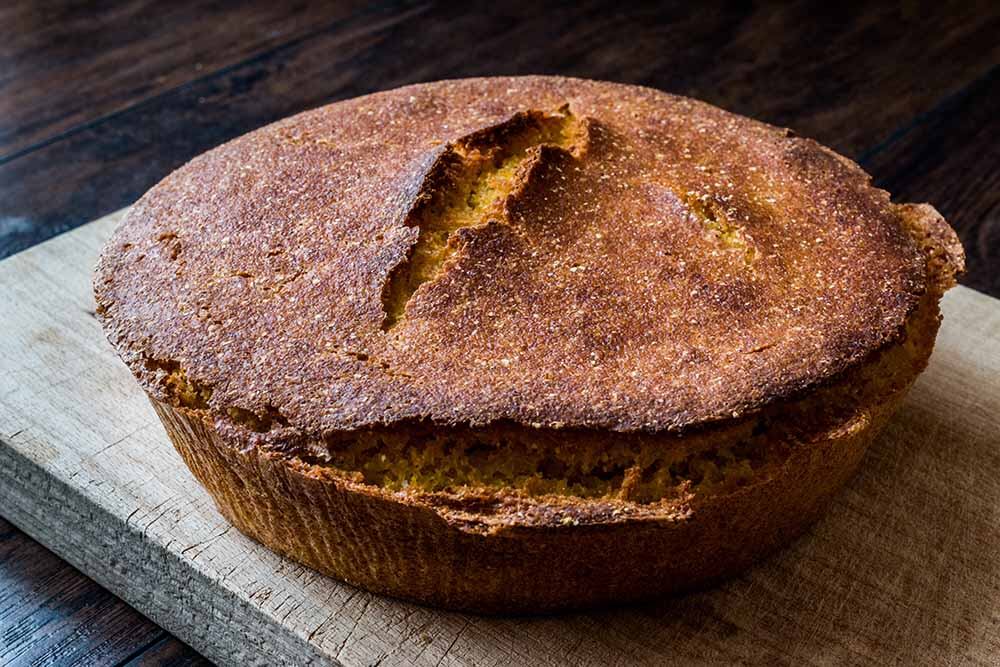
Turkish Cornbread, Misir Ekmegi.
Turkish Bread & the Sacred: Nan‑ı Aziz and Refugee Identity
Bread also shaped identity and welfare. In the mid‑19th century, Ottoman authorities used nan‑ı aziz, “sacred bread”, as a symbol of state benevolence toward Crimean and Caucasian Muslim refugees. Receiving this bread conveyed belonging and state protection.
Beyond the Palace: Everyday and Regional Turkish Bread Types
Outside the court, ordinary people enjoyed a rich variety of breads:
- Simit: sesame‑coated ring bread, akin to a Turkish bagel; mass‑produced since at least 1525.
- Diverse regional and ethnic flatbreads including nan‑ı piç, imam ekmeği, şekerli nan, poğaça, gözleme, and many others.
- Dishes like Fodula, bread hollowed out, filled with meat and vegetables, then baked, originated in palace cuisine but filtered into regional cooking.
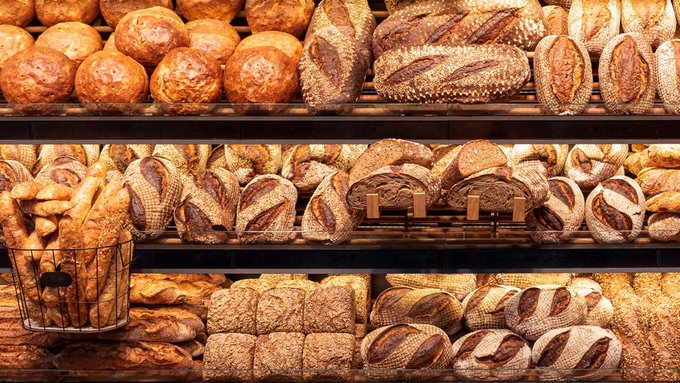
Why It Matters Today
The legacy of Ottoman bread culture survives in Turkish daily life through staples like simit, poğaça, and yufka. Culinary archives, palace registers, and scholarly works help us understand how food symbolized power, piety, and social structure, especially through the rituals around bread.
In Ottoman and Anatolian culture, bread wasn’t just food, it embodied values: faithful companionship, hard work, hierarchy, and spiritual belonging. From Unkapanı’s flour trade to imperial kitchens and refugee aid, the story of bread is woven deeply into the region’s social and cultural fabric.
8 Types of Traditional Bread from Anatolia: A Taste of Cultural Heritage
Did you know that yufka and lavaş were inscribed on UNESCO’s Representative List of the Intangible Cultural Heritage of Humanity in 2016? In Anatolian villages, bread is not just a staple, it’s a symbol of community, tradition, and identity. From baking techniques to shelf life, from ingredients to form, each type of bread tells a story deeply rooted in the region’s cultural fabric. Here are seven beloved varieties that reflect the richness of Anatolia’s culinary heritage:
1. Yufka – The Legacy of Nomads
Thin, round, and made from unleavened wheat flour, yufka was a vital food source for nomadic Turks due to its long shelf life. Originating from Central Asia, this durable flatbread has been passed down from generation to generation, not only as nourishment but as a symbol of sharing. This is exactly why UNESCO recognized yufka, not just for how it’s made, but for the culture of generosity it represents.
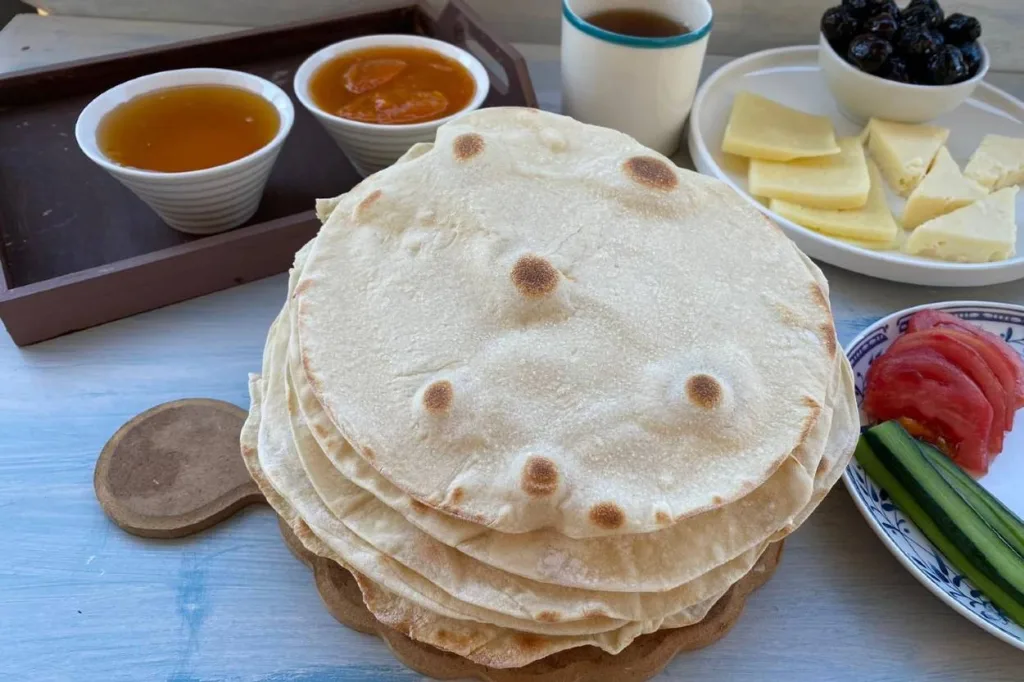
2. Lavaş – Baked in the Tandoor
Unlike yufka, lavaş is made from leavened dough. Instead of being cooked on a convex griddle (sac), it’s slapped onto the inner walls of a tandoor oven, a pit dug into the ground and heated with wood fire. In many regions, lavaş baked this way is also referred to as tandır ekmeği (tandoor bread), embodying centuries-old baking methods that still endure today.

3. Bazlama – Soft, Rustic Village Bread
To make bazlama, a leavened dough is kneaded thoroughly and left to rise under cover. The risen dough is divided into small balls, each rolled out into thick discs using a rolling pin (oklava), then cooked on both sides over a griddle or stovetop. It’s often enjoyed warm with a generous spread of butter, a simple but deeply satisfying treat.
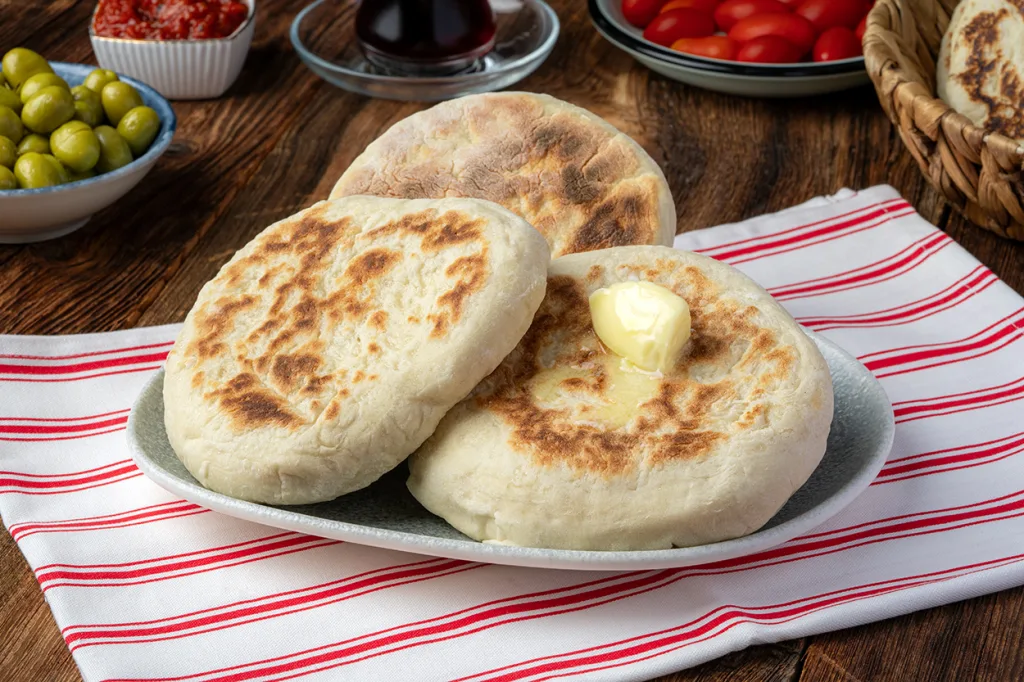
4. Kete – A Buttery Delight of the East
The hallmark of kete is the rich aroma and flavor created by roasting flour in butter. It can be made with or without filling and varies significantly by region. Especially popular in Eastern Anatolia, kete is a breakfast favorite, with regional names and preparation styles that reflect local customs.
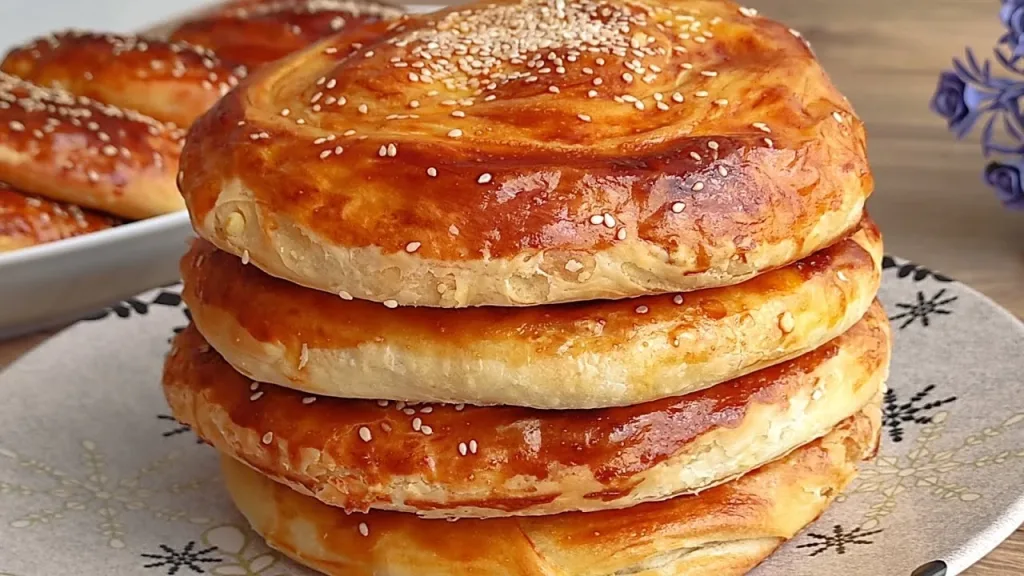
5. Trabzon Bread – The Mighty Loaf of the Black Sea
Large, round, and dense, slicing a Trabzon ekmeği (Trabzon bread) takes real skill. Its distinct sourdough base and long fermentation process give it a unique taste and texture. Traditionally baked in stone ovens, this bread is a proud staple of the Black Sea region and stays fresh for days.
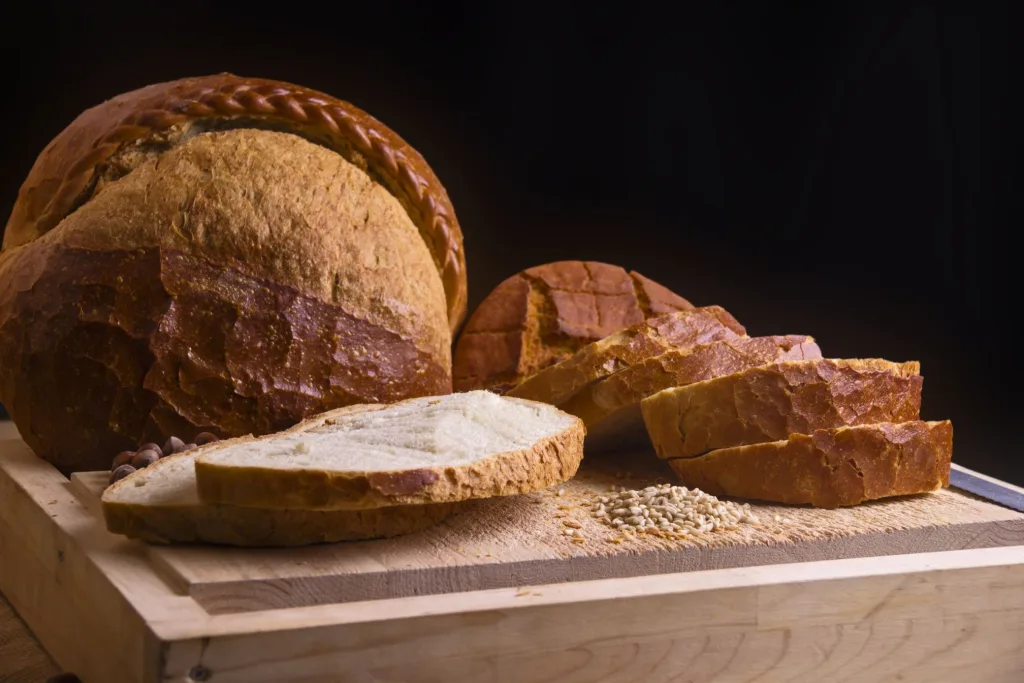
6. Cornbread (Mısır Ekmeği) – The Golden Loaf
Although most often associated with the Black Sea, mısır ekmeği (cornbread) is now baked in many parts of Türkiye. Made from cornmeal, it’s typically unleavened, though some regions do prepare a leavened version. The dough is poured into a tray and baked until golden. Its yellow hue and coarse texture make it delicious but prone to spoilage if not eaten soon after baking.

7. Ottoman Bread (Okkalı Ekmek) – Fit for an Empire
With its grand size and weight, Osmanlı okkalı ekmeği (Ottoman “hefty” bread) is worthy of its imperial roots. Made from leavened dough and baked in traditional stone ovens, some loaves are so large they’re sold by the kilo, not by the piece. To make slicing easier, bakers score the top of the dough before baking, an aesthetic and practical tradition that continues to this day.
These traditional Anatolian breads are more than just food, they’re living pieces of heritage. Each one represents a bond between generations, a moment in time, and a sense of place that continues to nourish both body and soul.
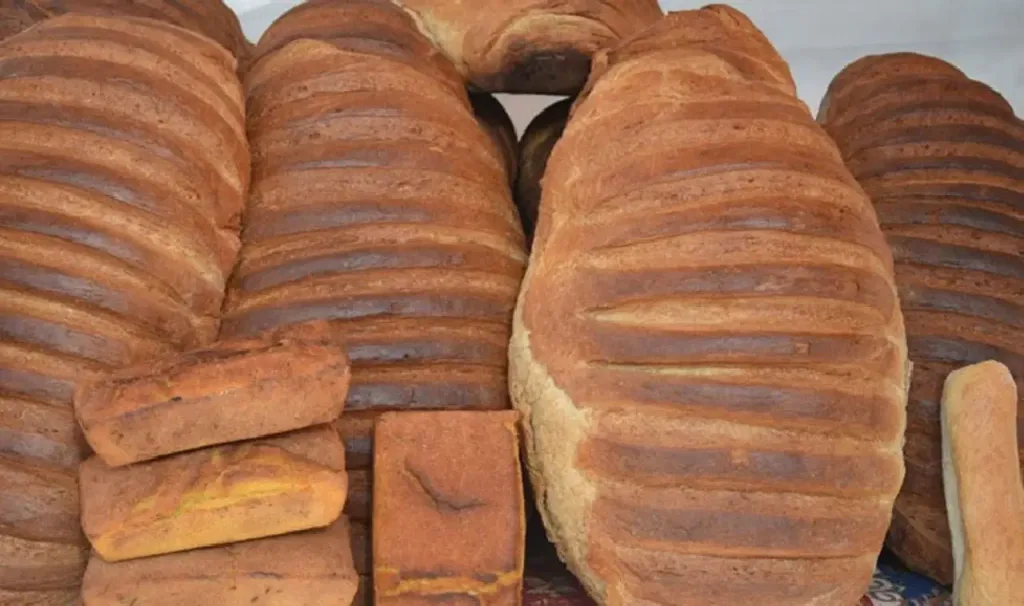
8. Pide – A Symbol of Ramadan and Anatolian Tradition
Pide, one of the most iconic symbols of the holy month of Ramadan, is known for drawing long queues outside bakeries, sometimes hours before iftar. But beyond its seasonal fame, pide holds a special place in Anatolian culinary culture. Its preparation is taken seriously, with great care given to achieving the ideal texture, flavor, and shape. Whether enjoyed plain, with sesame seeds, or topped with rich ingredients, pide is more than just bread, it’s a cherished tradition passed down through generations.


